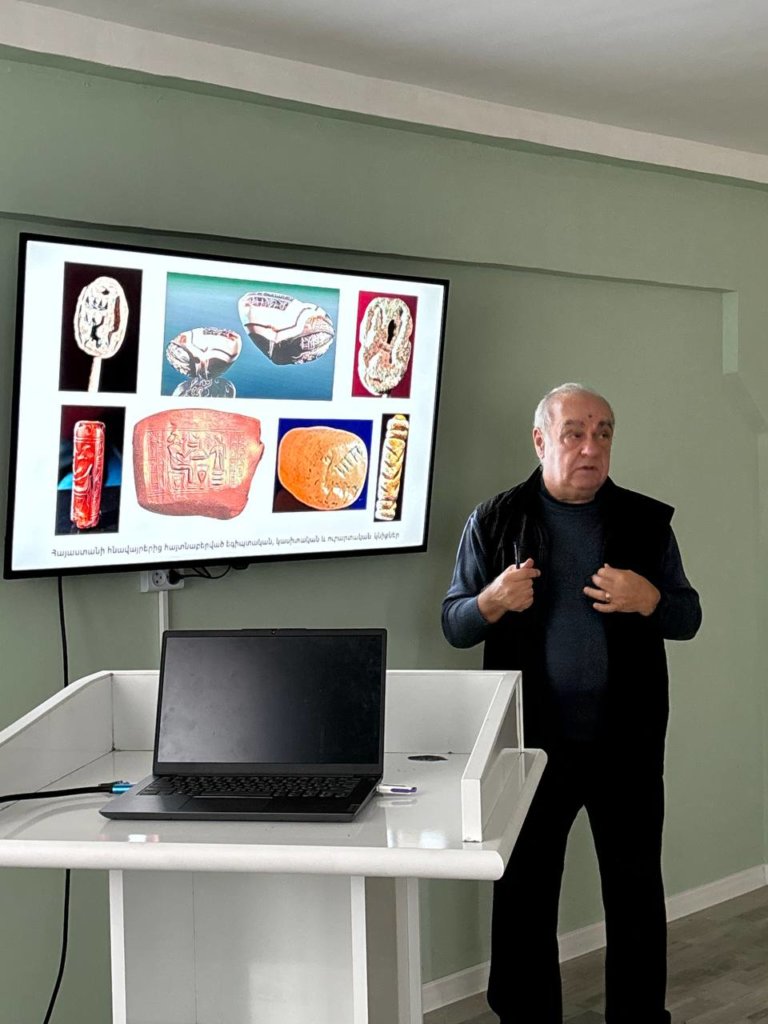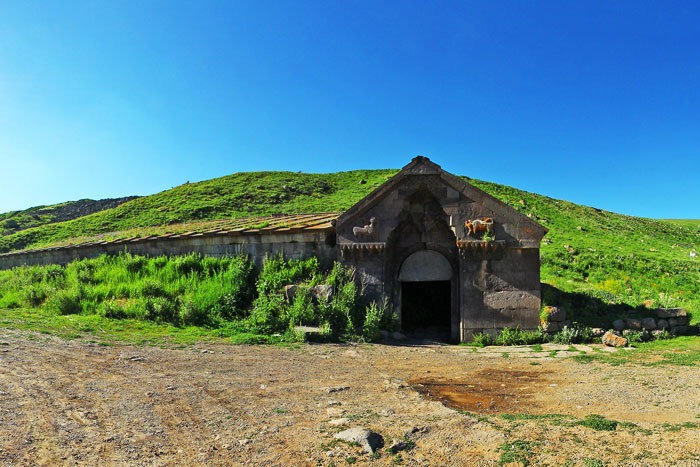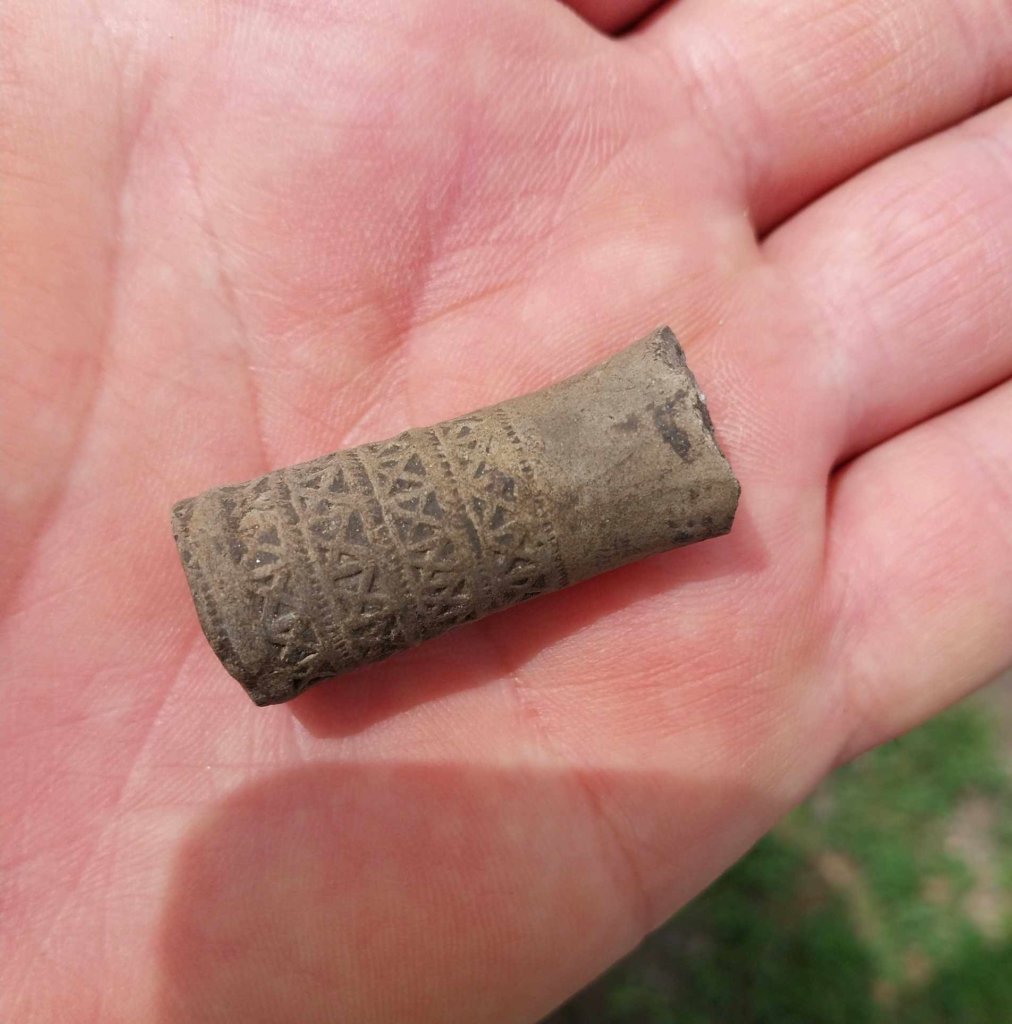The regional office of the Syunik PHE “for the protection of service” together with Syunik Regional Library and Kapan Geological Museum within the framework of “European Heritage Days” program organized a conference entitled “A unique culture, which was preserved in spite of all the trials”. The head of the regional service of the PHE Astghik Hakobyan gave a lecture on “Cultural heritage of Syunik, Wilderness of Bekh” at the event held in the geological museum. Speaking about a medieval monastery, she noted that in contrast to the monasteries, hermitages were built far away from populated areas, in isolated parts, and had a church. “Wilderness of Bekh or Tandzaparakh is located at a distance of 4 km south-west of the district Bech Street of town Kapan, on the eastern slopes of high mountains, in the meadow. There are numerous architectural fragments belonging to different epochs on the walls of the church and the refectory of the monastery. All the buildings are made of semi-finished basalt and granite in typical construction techniques of the 17th century. The architectural fragments are made of yellow, red and black tuff. From the fragments we can find scalloped cornice carved and ornamented passages, stones, decorated with symmetrical carved crosses. On the convex stone located on the western facade of the church is preserved a part of the inscription. Engraving is typical to the 12-14 centuries. It is obvious that in the place of the monastery there had been a more ancient monument, which was collapsed completely, and the destroyed stones were used for the construction of a new building, which is typical for all of our medieval monuments”, noted in her report A. Hakobyan. According to Hakobyan, expert of Syunik medieval architecture Murad Asatryan in his book on the monuments of the region, said that, taking into consideration the carved ornamented fragments and stylistic features of the inscription on the stones, the original monument of the monastery was built no later than the 7th century and remained until about 14th century, after which it was destroyed by an earthquake or by the enemies. A report made by the Director of Kapan Geological Museum Grisha Smbatyan was devoted to archaeological finds of the Syunik Region. In the report “A collection of ancient finds in Kapan Geological Museum” were presented archaeological objects stored in the museum Mr. Smbatyan noted archaeological materials that have been found over the last few years of excavations in the region and have already found their place in the museum. After the conference the participants were presented the museum collection.







